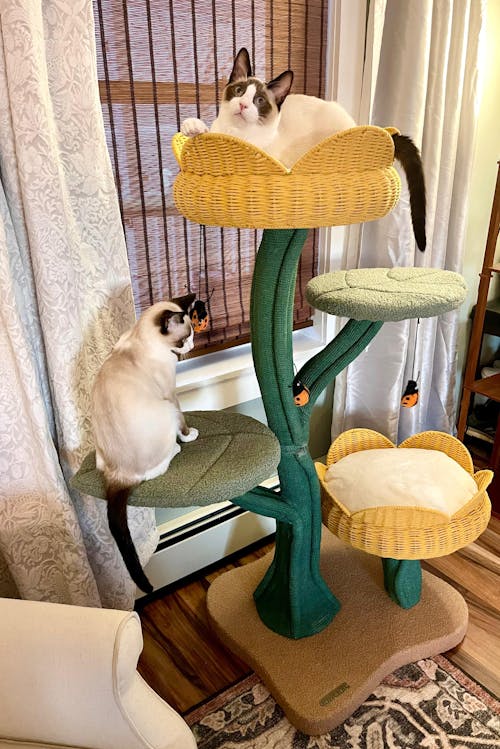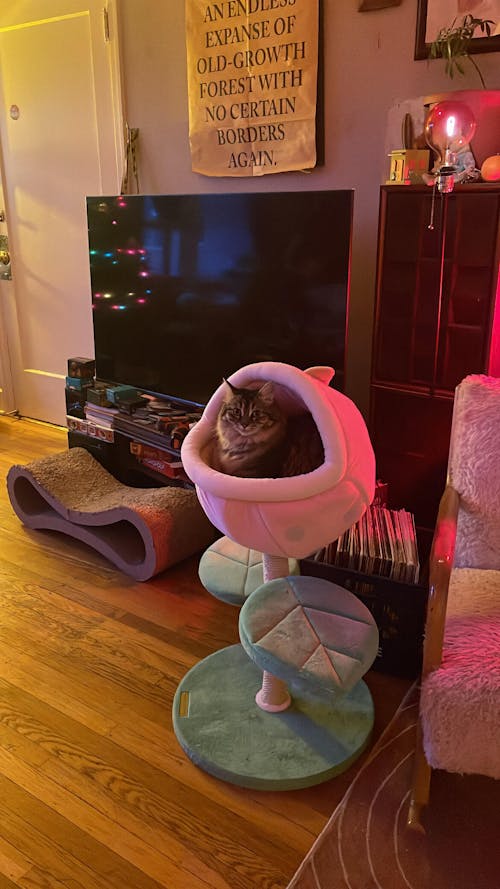 As Seen On
As Seen On

 Our Blog
Our Blog

All you want to know is here
Read more
Going Through Cat Litter Too Quickly? How to Save Litter Without Sacrificing Hygiene
Is your cat going through the litter faster than you can keep up with? It’s like you scooped, refilled, and somehow the bag is empty yet again. Running low on litter can be a financial drain, but it’s even harder when managing the litter box becomes an endless loop of chores. With some adjustments in your routine, it is feasible to stretch the litter while keeping the hygiene standards your cat is accustomed to. You most likely don’t need additional stress, and this guide aims to change the narrative without compromising comfort, cleanliness, or your wallet.
Common Reasons Why Cat Litter Runs Out Quickly
Infrequent Scooping = Faster Contamination
By not scooping daily, refuse builds up and domiciles the entire container, which causes the contaminated contents to accumulate substantially quicker. This forces you to dump out all the litter much sooner than you would like and increases the risk of agitating your cat, who might start to… find other spots that are decidedly less suitable for excretion closer to the post where you choose to nap.
Too Much Litter in the Box
It is common for pet owners to think that higher levels of litter in the box will make cleaning easier, but this is usually not the case. When there is too much litter in a box, it is more likely to be dumped out during scratching or digging, leading to clumps of litter scattered throughout the box. A more appropriate depth would be 2-3 inches, as this allows cats to dig comfortably without litter wastage.
Too Many Cats, Not Enough Boxes
This is the era of sharing, but this does not apply to litter boxes. With more than one cat, sharing litter boxes constitutes a problem: the litter gets more soiled at a faster rate, thus requiring more frequent changes. Generally, it is best to have one box per cat plus an additional spare box for emergencies.
Lousy Litter with Poor Clumping
Inadequate spraying that does not seal or opens up too quickly comprises poor clumping, which might be quite expensive, preferring the long run. Inevitably, invalid clumping leads to the user discarding more litter than is necessary, not to mention the additional costs incurred from purchasing soaking litter.
Wrong Type of Litter
Not all types of litter are equally effective. Some types cannot efficiently soak up litter waste or rot too soon, requiring replenishment, which adds to the workload and expenses.
How to Save Cat Litter Without Compromising Hygiene
Use Just the Right Amount
Maintain a depth of 5–8 cm of litter. Cats need to dig, but we do not want litter to be wasted. The depth should allow for a 'suitable median', as it should be enough for the cat yet leave a bit spare.
Scoop Every Day
Never leave any waste unattended; it helps keep litter clean, encouraging the cat to use the box. Remember, don’t allow waste to pile up-you will save more litter than anticipated.
Invest in Quality Litter
Coffee-blend types, tofu-based types, and bentonite clay types have more effective clumping, which saves time and improves cleanliness when waste removal is done.
Try Mixing Litters
Do you appreciate an expensive brand? You can mix it with a cheaper alternative and enjoy its strength and favorable price.
Use a Better Box Design
Sifters, double-layer boxes, or drawer-style boxes assist in separating clean litter from clumped litter and dramatically reduce the amount of fresh litter wasted.
Choose the Right Size
Having an appropriately sized box will prevent you from kicking litter all over. Large boxes result in overfilling, and small ones mean uncontrollable litter scattering. Maintain the correct size and enjoy the benefits.
Train for Better Litter Habits
It is very important to maintain the litter box according to proper hygiene standards. If your cat is avoiding the litter box, find out why. It may be due to the scent of the box or where it’s positioned. Good litter manners help reduce excessive mess and litter wastage.
Tools & Alternatives to Help You Save More Litter
Litter Mats
Scratch mats capture litter left on paws after a cat exits a litter box. It can be swept and stored for later use.
Enclosed or High-Sided Boxes
Switching to rated litter boxes reduces litter flinging if a cat is a compulsive digger. This adjustment saves money and minimizes cleaning time, which, in turn, lowers costs.
Smart Litter Brands
Litter made from eco-friendly materials is a game-changer when it comes to waste. Consider options like corn, tofu, or charcoal-infused litters. They outperform conventional ones in clumping, smell absorption, and durability, meaning less spending in the long run.
Try Scoop-Free Systems
In some automated systems, scoops come attached, or layers designed to absorb more waste are used. While initial investments may be high, the effort, litter, and time savings make up for it.
Saving Litter Doesn’t Mean Skipping Hygiene
While it is equally important not to waste litter in a cat box, the cleanliness of the cat’s environment is vital and always requires attention. For this reason, here are some tips that will help you maintain proper hygiene while using cat litter:
• Deep clean once a week
Soak the entire cat litter box weekly in warm water and pet-safe soap. Scrub every crevice, paying special attention to corners and edges. Soak the box in fresh water until clean. Allow it to dry completely before putting fresh litter in.
• Keep the box in a dry, airy spot:
Ensure the litter box is placed in an airy and dry location to allow for ventilation. Keeping the box in a dry area helps stave off moisture that may prematurely affect the litter within.
• Pay attention to behavior:
Observe your cat very closely until you get used to it. If they seem to ignore the litter box or start having accidents around the house, they probably need some help with their current setup.
Conclusion & Actionable Tips
If you are running out of litter too quickly, it may stem from tedious habits and using the wrong products. A few small changes will help you get the most out of each litter bag without negatively affecting your pet’s well-being or comfort. Adopting better pet and litterbox maintenance strategies will undoubtedly lower expenses while keeping your feline friend comfortable and your home free of bad smells.
• Scoop daily to maintain cleanliness and prolong litter life.
• Adjust the litter level to the optimal 5-8 cm range.
• Use premium clumping litter or combine expensive brands with cheaper ones for the best results.
• Choose an adequate box size and design to control mess and waste.
• Deep clean the litter box every week and ensure a well-aerated environment.
Making these simple changes can positively impact you and your cat. Your cat will always have a clean living environment, and you'll save money in the long run.

How to Properly Clean a Litter Box: Tips to Reduce Odors and Bacterial Growth
As a cat lover, have you ever walked into a room and instantly recognized that not-so-pleasant smell of cat litter even before seeing your feline friend? Or maybe at some point your pet decided to “go off the grid” and you are wondering why.
Let’s be honest: for many cat owners, changing the litter box is the least pleasurable activity. But whether procrastinating or trying to do the task too fast is also not a great choice. A litter box that isn’t properly maintained not only results in a bad smell but can also negatively affect a cat’s well-being as well as the hygiene standards of the house.
Let’s roll up our sleeves so I can share steps on how to clean a litter box as best as it can be done, avoiding bad odor while maintaining balance between your feline and the house.
Why Regular Litter Box Cleaning Is a Must
Cat cleanliness translates to cat hygiene or, as we know it, a humane way of living. To you and everyone else, cleaning the litter box is as important as cleaning the restroom. If you would not like to clean a smelly bathroom, why do you, as a cat owner, expect your feline friend to put up with a filthy litter box? Here’s something you must remember: setting an ultimatum, or as we know it, a deadline proposal.
The litter box can inflate Bills: Cat pee and feces can give your feline friend a nasty case of UTIs. Cat urine consists ammonia, and sick cat ranging from cough to any other disorder will lead to urine septic tank full of evils pee that festers into his/her body and defecating sickness will not be good for business.
Excrement has a distinct odor: Some cats including females are prone to stinking up the area too in our case heap of rubbish summing up inescapable fumed air with soft air fresheners that will not work here. In our toss, the scoop is the bare minimum; we will never overcome the almost stagnant ground, which is less than appealing.
Be it like a dart for direct ranges correction targets like laundry binned and Witches Cauldron potted plants, like stepping back into a time they all tell cats over dodge to your basic stink missiles, they would try to show and instead of use means design combat that humans paint the odor of displeasure all over suggest gamma seconds.
How Often and How Thoroughly Should You Clean?
Let’s make this easier:
Once a Day: The Bare Minimum:
• The disposal of solid waste litter and clumps should be done once or at most two times in one day.
• When topping up litter, add to boxes which have less than 2-3 inches or 5-8 cm, optimum litter depth which permits cats to bury items appropriately and is around 2-3 inches.
Once Weekly: Go Deeper:
• With no aggressive cleaners, scrub away all litter and wash the box with hot water and dish soap.
• New litter should not be added until the box has dried completely.
Once Monthly: Disinfect and Inspect:
• Instead of cleaning, check for deep scratches that will entrap debris. If the cover is too scratched, dispose of it.
• Use 1 part bleach and 10 parts water to disinfect, rinse well and air dry.
In all honesty If you consider my tips, they will help you do the assigned chores in a shorter time period.
Cleaning Mistakes People Make (And Why They Matter)
No one would assume that neglecting cleaning would paradoxically improve things, but astonishingly, that is the case.
Overly Aggressive Cleaning Products: Don’t ever scrub with bleach straight from the bottle, but yes strong bleach does work. Cats can end up being completely reluctant to using the trap if they associate Ammonia or bleach’s stench with it, as they will forever steer clear of their litter box.
Only scooping: Running late, strictly needing to be somewhere on time? That’s no excuse to just scoop. Underneath the surface, urine puddles form and create, trust me, a sticky mess, not to mention the myriad of bacteria that thrive in this ecosystem. When this environment becomes overly saturated, it gets worse.
Stressed a cat: On one side, too much trying to beg cat to leave dirt’s invitation stench. Balance is critical. Excessive invitation whilst stressful dirt lacking can result in severe inability to cope and value getting scent marked.
Easy Ways to Keep Litter Box Smells Under Control
How do you tackle overpowering unwanted smells?
- Aim to use the right litter: Some options far exceed others in controlling odor. Choose activated charcoal, corn-based, coffee, and even tofu. Yes, tofu fights rot and calcifies.
- Location is everything: Do not place it in stuffy cupboards or high traffic areas such as the kitchen and main entrance. The box needs to be placed in a tranquil room with good airflow.
- Make use of accessories: They can work wonders. The corner frame will catch the messy by litter and clean up the floor. Odor eliminating carbon filters do tend to nullify the smell of the litter box. Stress relieving sprays do help alleviate mess stress (which is very common).
- Don’t just top it off – replace it completely: An old box that looks clean requires replacing every month. Odors do not simply go away without venting and absorb fully every month.
Choose a Litter Box That’s Easy to Clean
No one enjoys cleaning up after an animal, so if the box design makes cleaning extra work, you will NOT want to do it. Make your life easier with a good design:
• Non-stick materials: Drawers made out of smooth ABS or PP contestants resist gunk from building up.
• Smart design: Modules with high walls but low openings and drawer-style boxes stop spills and are easy to access.
• The right size = less mess: Cats will miss the mark if they feel cramped for space, so it's best to use bigger boxes when in doubt.
• Multi-cat homes = multi-box homes: One box per cat plus an addition for best results. In turn, their rotational washer reduces stress and smells.
Final Thoughts and Action Steps
We understand no one enjoys scooping the litter tray, however, if it is done correctly, it will never have to come to “too much” consideration for either party.
- Daily scoop: A daily round of scooping is effortless and quick so it can become part of the daily tasks.
- Weekly clean: This helps to control odor and bacteria.
- Monthly disinfect: With proper disinfection, fresh boxes can help without damaging the interior.
-A smart litter together with a good box means a delighted cat.
For a more sensitive fussy nose, natural laws of deodorizing, experiments on placing as well as infusing cleaning within the routine works wonders. Its amazing how enhanced task performance can lead to a better home, as well as a healthier kitty.
The Secret Dreams of Sleeping Cats
There is a certain magic in the way a cat sleeps.Curled like a comma on a windowsill, stretched languidly across a patch of sunlight, or hidden inside a cardboard box — each posture a silent poem, each nap a small act of trust.
In the quiet world of a sleeping cat, there is more happening than meets the eye. Their poses, their little sighs, the twitch of a paw — all whisper secrets about their inner life. Let’s step softly into that world and see what their sleeping positions reveal.
The Loaf: Waiting Between Dreams
Tucked neatly into themselves, paws hidden beneath their chest, a cat in a loaf pose is like a warm, breathing sculpture.
It speaks of comfort, but also readiness.A cat loaf is resting but not yet surrendered to deep sleep — a sentinel napping between worlds, dreaming with one ear still open.
In this shape, they are peaceful, but alert enough to rise at a moment’s notice — a living ember, glowing quietly.
The Crescent Moon Curl
Tail wrapped like a scarf, nose tucked beneath a paw, a cat curls into the smallest possible version of itself.
This ancient pose is a memory of wild nights under open skies, when warmth meant survival and smallness meant safety.
Today, it is often simply about coziness.Your cat curls because it feels safe enough to be small, to be soft, to disappear into warmth and fur and dreams.
Belly Up: A Silent Song of Trust
When a cat sleeps belly-up — paws akimbo, chin lifted — it is offering you a profound, wordless gift.
The exposed belly, the most vulnerable part of the body, is rarely shown except in places of absolute safety.This pose is a lullaby of trust, sung in stillness:“I am home. I am unafraid.”
But beware — a belly shown in sleep is not necessarily a belly asking for touch. Admire, smile, and let the dreamer be.
The Side Stretch: A Gentle Surrender
Sprawled on one side, paws extended like a painter’s brushstrokes across the floor — here is a cat who has drifted deep into dreams.
Side-sleeping is a position of pure surrender.The body stretches into the world without tension, without fear, open to the touch of a passing breeze or the warmth of a fading sunbeam.
You might even see twitching whiskers or tiny running motions — signs that your cat is chasing dream-prey through misty fields known only to them.
Paw Over the Eyes: Soft Shields Against the World
Sometimes, your cat will shield its face with one paw, like a small, furry mask.
This is both practical and poetic: a way to block out light, to deepen darkness, to say,"Not now, world — I am wandering through sleep."
It’s a reminder that even in rest, cats choose their boundaries with elegant precision.
Tangles of Love: Cats Sleeping Together
When two or more cats sleep entangled — tails weaving, heads resting on each other’s paws — they are painting a portrait of trust and affection.
In the wild, cats rarely sleep together unless they share a strong bond.In your home, such a sight is a quiet blessing: your cats telling you, in their ancient language,"Here, we are family."
When Sleep Speaks of Sickness
While most poses are signs of happiness, sudden changes can hint at hidden discomfort:
Hiding to sleep when they usually sprawl
Sleeping on hard, cold surfaces when they once sought warmth
Restlessness or inability to settle
If you notice your cat sleeping differently, listen closely — it might be time to visit your vet. In the language of sleep, distress often speaks first.
Crafting Dreamscapes for Your Cat
A cat’s dreams deserve a stage as beautiful as their spirit.Offer them soft blankets kissed with your scent, tall towers to nest in, and sunny windows where dreams and light can dance together.
Let their beds be safe harbors, and their dreams, golden ships.
Final Thought: Sleep, the Art of Trust
Every nap is a tiny act of faith.Every outstretched paw, a whispered promise that here, in your home, they have found peace.
So next time you see your cat sleeping — in a loaf, a spiral, a joyous sprawl — pause.Breathe in the stillness.You are witnessing something sacred:a small, fierce heart at complete and utter rest.

Going Through Cat Litter Too Quickly? How to Save Litter Without Sacrificing Hygiene
Is your cat going through the litter faster than you can keep up with? It’s like you scooped, refilled, and somehow the bag is empty yet again. Running low on litter can be a financial drain, but it’s even harder when managing the litter box becomes an endless loop of chores. With some adjustments in your routine, it is feasible to stretch the litter while keeping the hygiene standards your cat is accustomed to. You most likely don’t need additional stress, and this guide aims to change the narrative without compromising comfort, cleanliness, or your wallet.
Common Reasons Why Cat Litter Runs Out Quickly
Infrequent Scooping = Faster Contamination
By not scooping daily, refuse builds up and domiciles the entire container, which causes the contaminated contents to accumulate substantially quicker. This forces you to dump out all the litter much sooner than you would like and increases the risk of agitating your cat, who might start to… find other spots that are decidedly less suitable for excretion closer to the post where you choose to nap.
Too Much Litter in the Box
It is common for pet owners to think that higher levels of litter in the box will make cleaning easier, but this is usually not the case. When there is too much litter in a box, it is more likely to be dumped out during scratching or digging, leading to clumps of litter scattered throughout the box. A more appropriate depth would be 2-3 inches, as this allows cats to dig comfortably without litter wastage.
Too Many Cats, Not Enough Boxes
This is the era of sharing, but this does not apply to litter boxes. With more than one cat, sharing litter boxes constitutes a problem: the litter gets more soiled at a faster rate, thus requiring more frequent changes. Generally, it is best to have one box per cat plus an additional spare box for emergencies.
Lousy Litter with Poor Clumping
Inadequate spraying that does not seal or opens up too quickly comprises poor clumping, which might be quite expensive, preferring the long run. Inevitably, invalid clumping leads to the user discarding more litter than is necessary, not to mention the additional costs incurred from purchasing soaking litter.
Wrong Type of Litter
Not all types of litter are equally effective. Some types cannot efficiently soak up litter waste or rot too soon, requiring replenishment, which adds to the workload and expenses.
How to Save Cat Litter Without Compromising Hygiene
Use Just the Right Amount
Maintain a depth of 5–8 cm of litter. Cats need to dig, but we do not want litter to be wasted. The depth should allow for a 'suitable median', as it should be enough for the cat yet leave a bit spare.
Scoop Every Day
Never leave any waste unattended; it helps keep litter clean, encouraging the cat to use the box. Remember, don’t allow waste to pile up-you will save more litter than anticipated.
Invest in Quality Litter
Coffee-blend types, tofu-based types, and bentonite clay types have more effective clumping, which saves time and improves cleanliness when waste removal is done.
Try Mixing Litters
Do you appreciate an expensive brand? You can mix it with a cheaper alternative and enjoy its strength and favorable price.
Use a Better Box Design
Sifters, double-layer boxes, or drawer-style boxes assist in separating clean litter from clumped litter and dramatically reduce the amount of fresh litter wasted.
Choose the Right Size
Having an appropriately sized box will prevent you from kicking litter all over. Large boxes result in overfilling, and small ones mean uncontrollable litter scattering. Maintain the correct size and enjoy the benefits.
Train for Better Litter Habits
It is very important to maintain the litter box according to proper hygiene standards. If your cat is avoiding the litter box, find out why. It may be due to the scent of the box or where it’s positioned. Good litter manners help reduce excessive mess and litter wastage.
Tools & Alternatives to Help You Save More Litter
Litter Mats
Scratch mats capture litter left on paws after a cat exits a litter box. It can be swept and stored for later use.
Enclosed or High-Sided Boxes
Switching to rated litter boxes reduces litter flinging if a cat is a compulsive digger. This adjustment saves money and minimizes cleaning time, which, in turn, lowers costs.
Smart Litter Brands
Litter made from eco-friendly materials is a game-changer when it comes to waste. Consider options like corn, tofu, or charcoal-infused litters. They outperform conventional ones in clumping, smell absorption, and durability, meaning less spending in the long run.
Try Scoop-Free Systems
In some automated systems, scoops come attached, or layers designed to absorb more waste are used. While initial investments may be high, the effort, litter, and time savings make up for it.
Saving Litter Doesn’t Mean Skipping Hygiene
While it is equally important not to waste litter in a cat box, the cleanliness of the cat’s environment is vital and always requires attention. For this reason, here are some tips that will help you maintain proper hygiene while using cat litter:
• Deep clean once a week
Soak the entire cat litter box weekly in warm water and pet-safe soap. Scrub every crevice, paying special attention to corners and edges. Soak the box in fresh water until clean. Allow it to dry completely before putting fresh litter in.
• Keep the box in a dry, airy spot:
Ensure the litter box is placed in an airy and dry location to allow for ventilation. Keeping the box in a dry area helps stave off moisture that may prematurely affect the litter within.
• Pay attention to behavior:
Observe your cat very closely until you get used to it. If they seem to ignore the litter box or start having accidents around the house, they probably need some help with their current setup.
Conclusion & Actionable Tips
If you are running out of litter too quickly, it may stem from tedious habits and using the wrong products. A few small changes will help you get the most out of each litter bag without negatively affecting your pet’s well-being or comfort. Adopting better pet and litterbox maintenance strategies will undoubtedly lower expenses while keeping your feline friend comfortable and your home free of bad smells.
• Scoop daily to maintain cleanliness and prolong litter life.
• Adjust the litter level to the optimal 5-8 cm range.
• Use premium clumping litter or combine expensive brands with cheaper ones for the best results.
• Choose an adequate box size and design to control mess and waste.
• Deep clean the litter box every week and ensure a well-aerated environment.
Making these simple changes can positively impact you and your cat. Your cat will always have a clean living environment, and you'll save money in the long run.









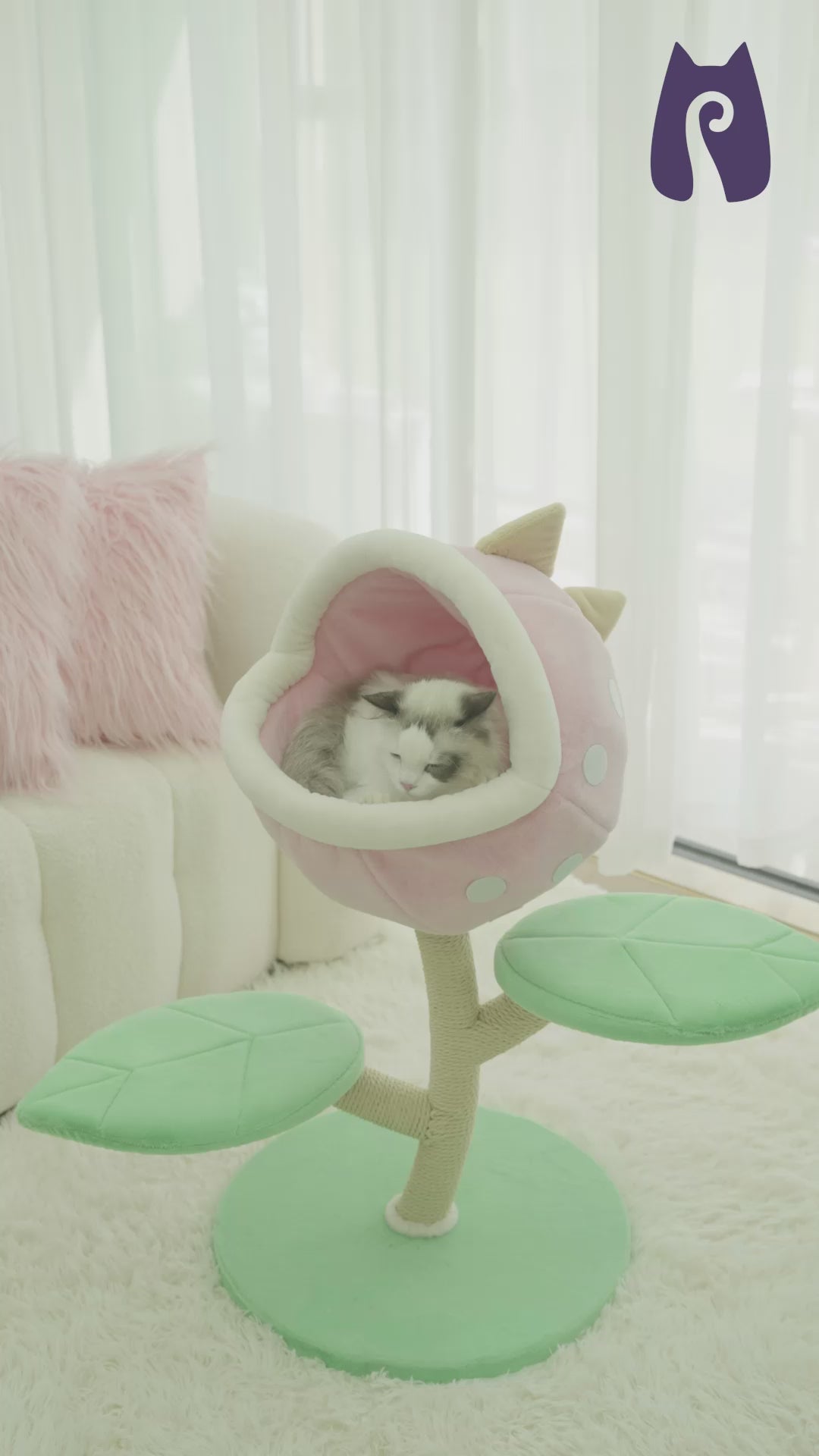































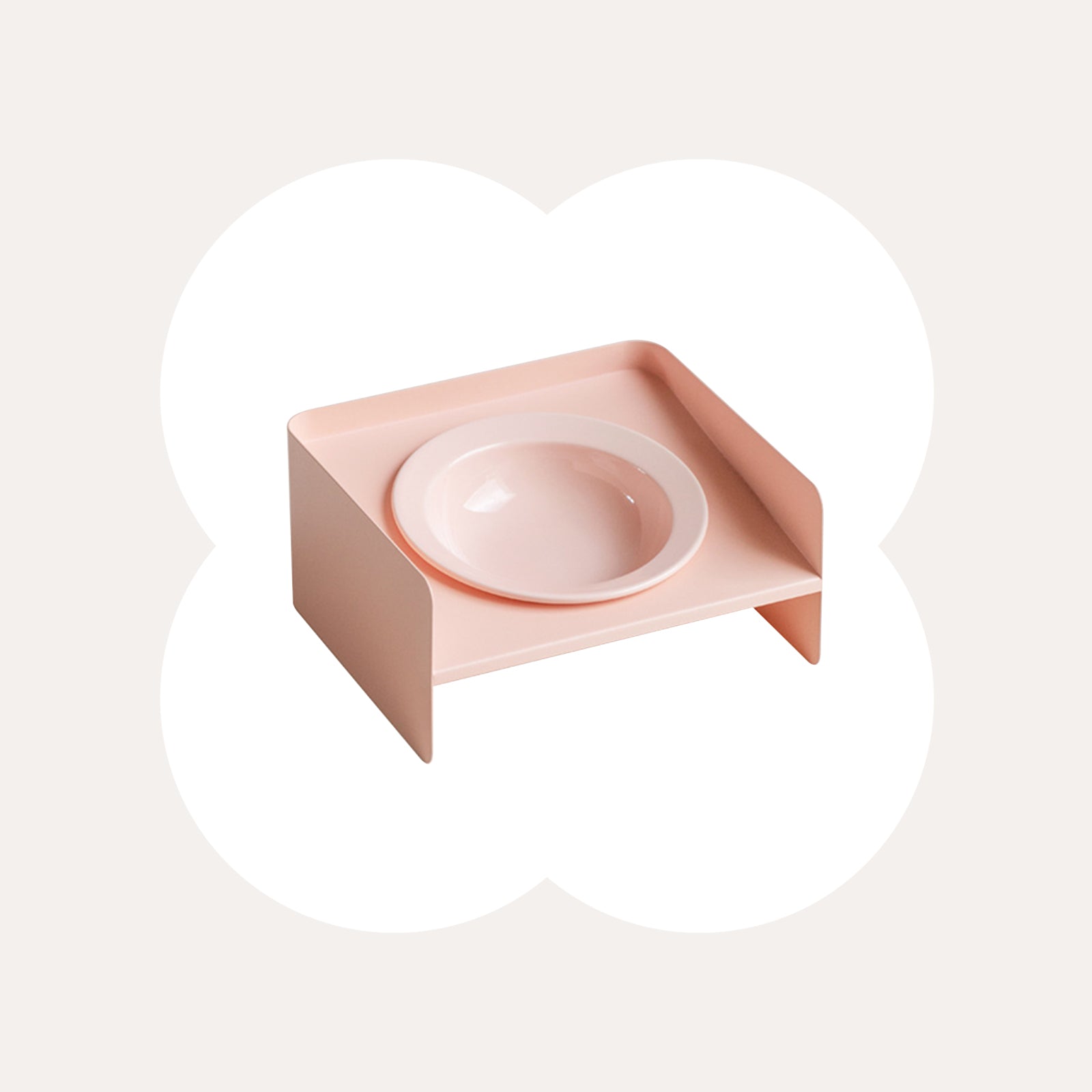
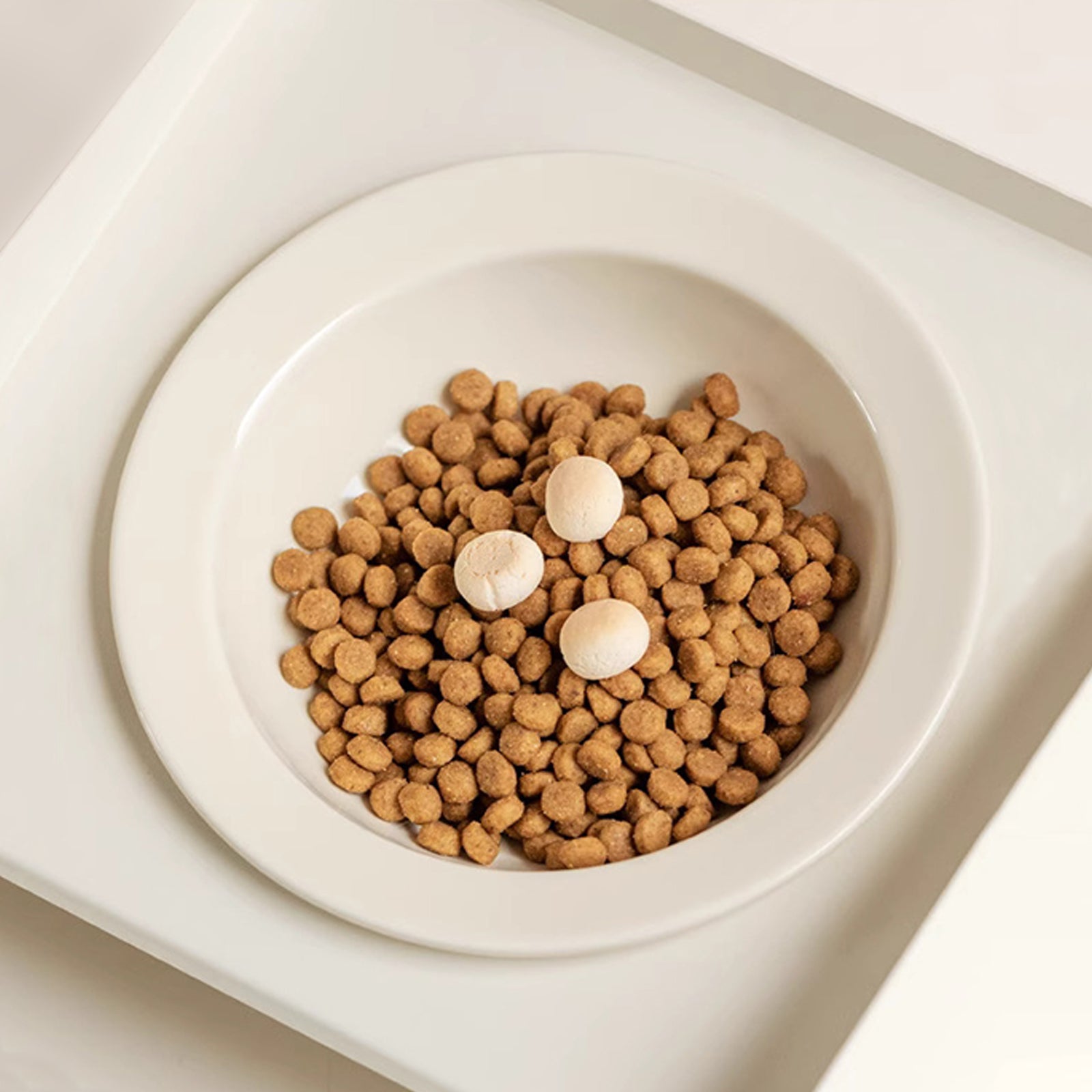

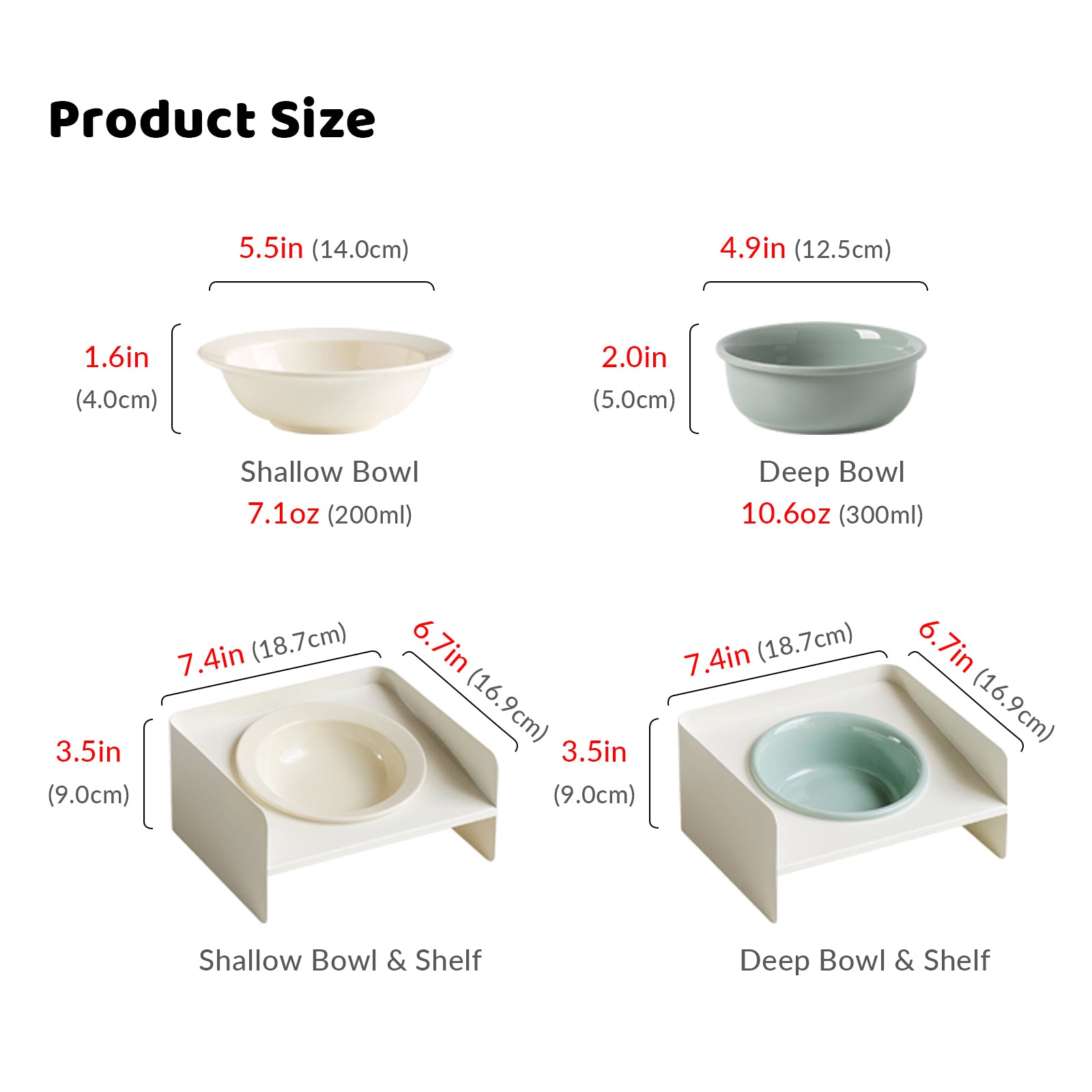
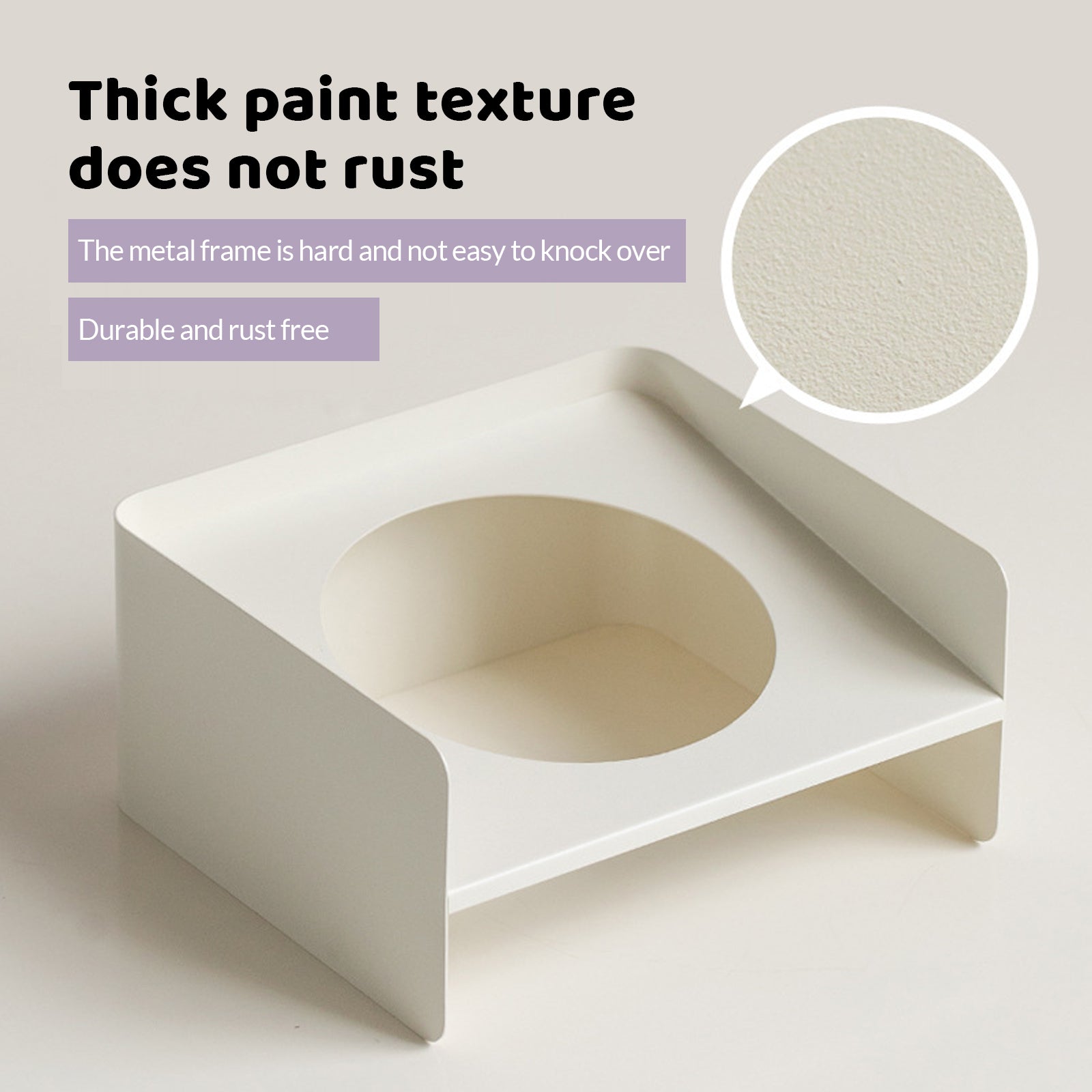
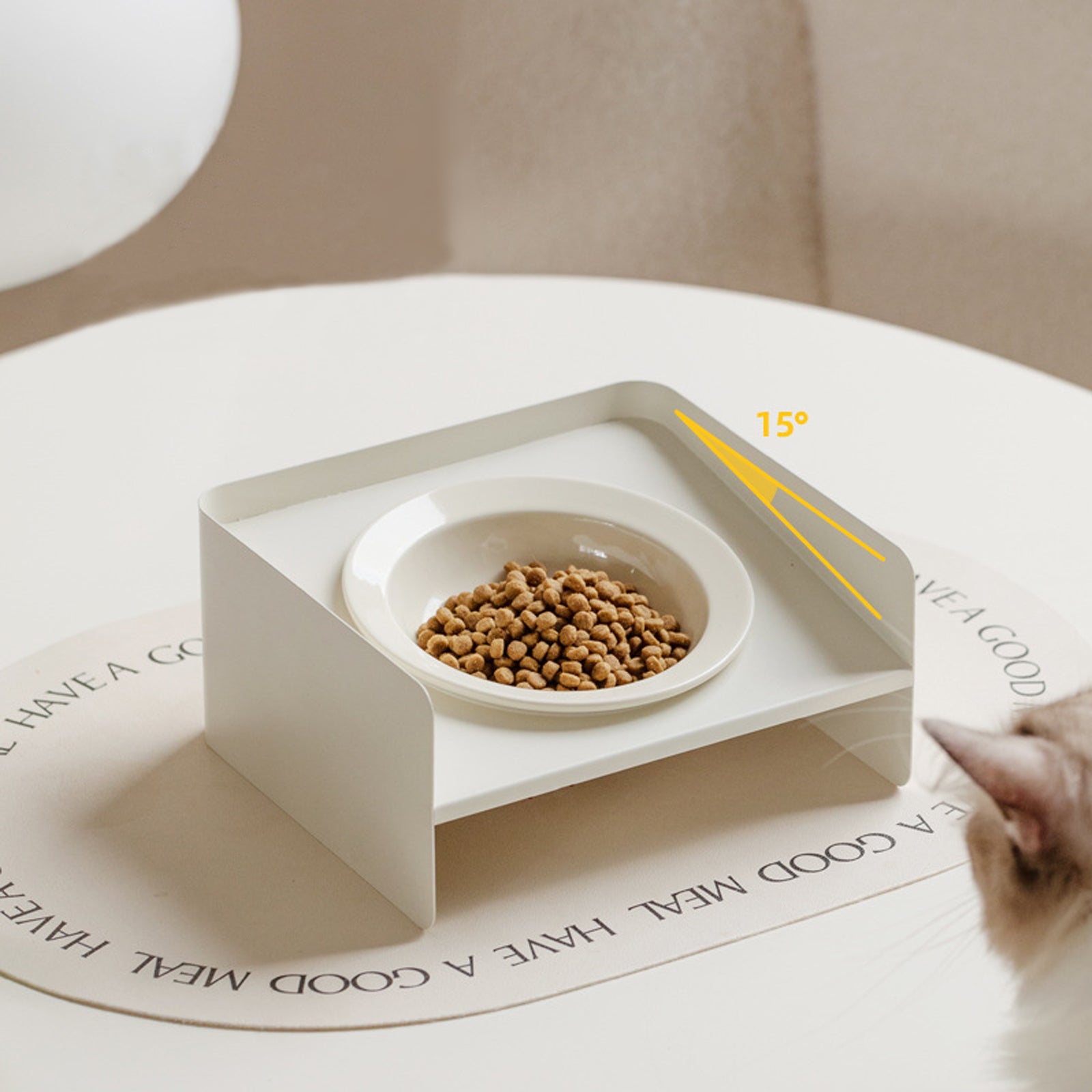
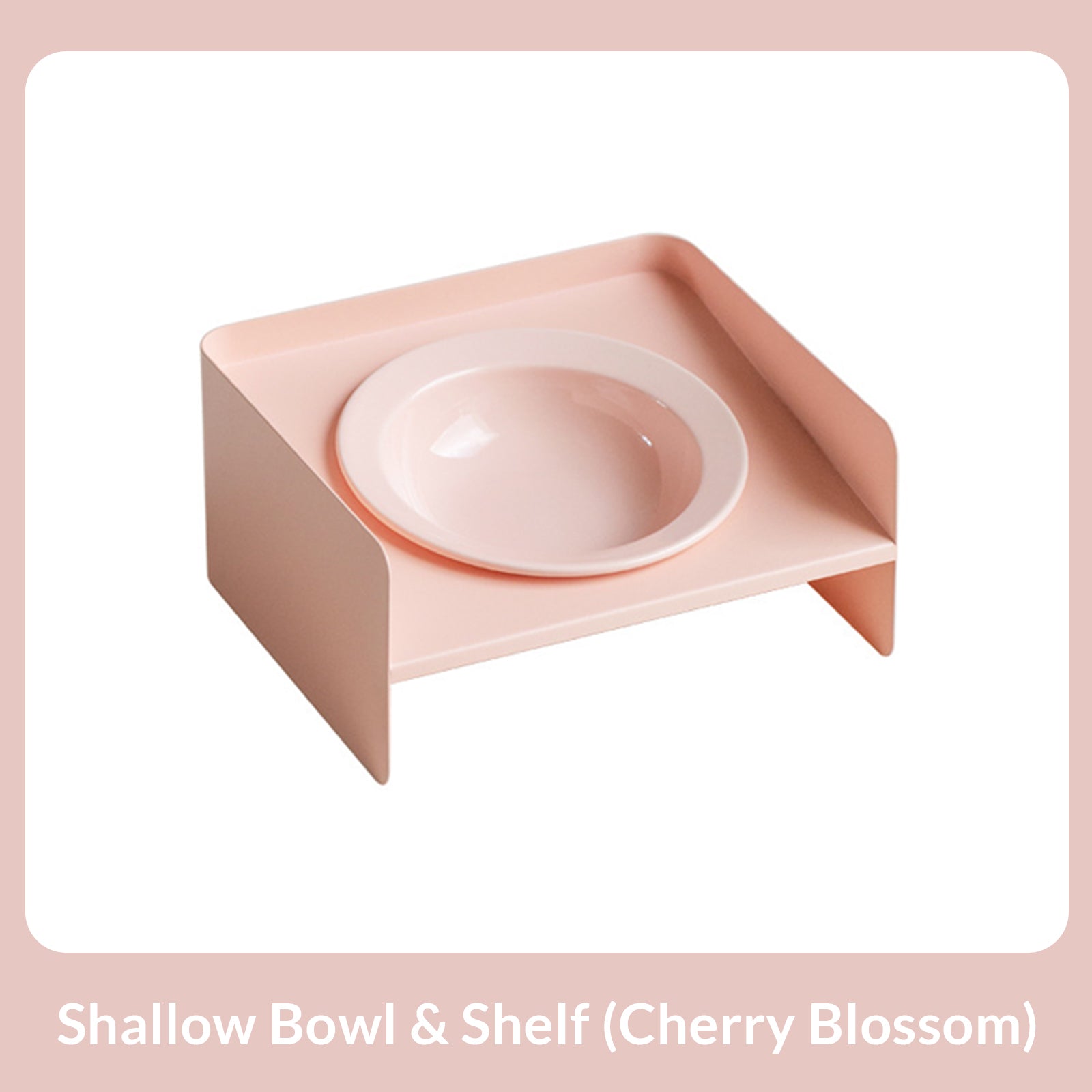
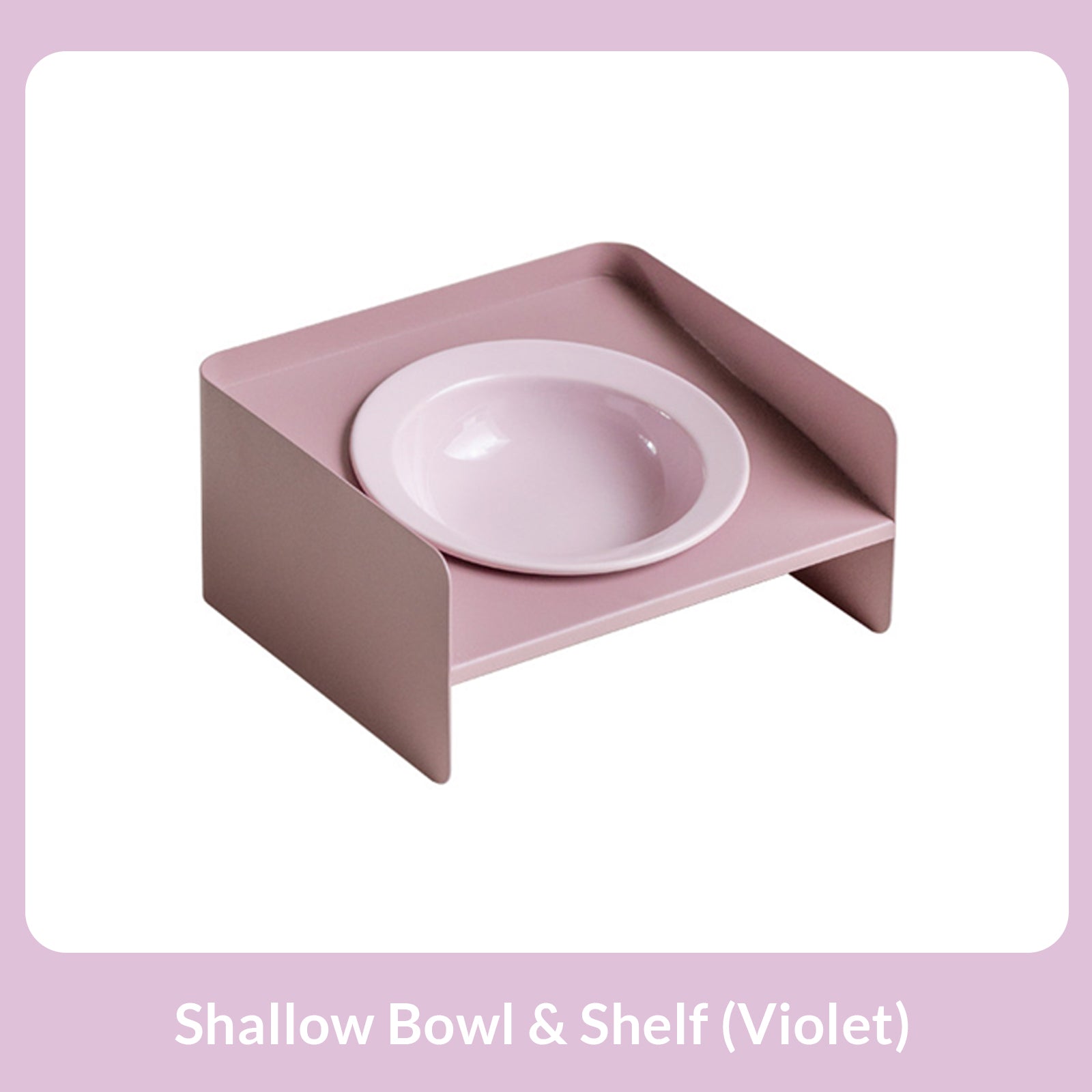
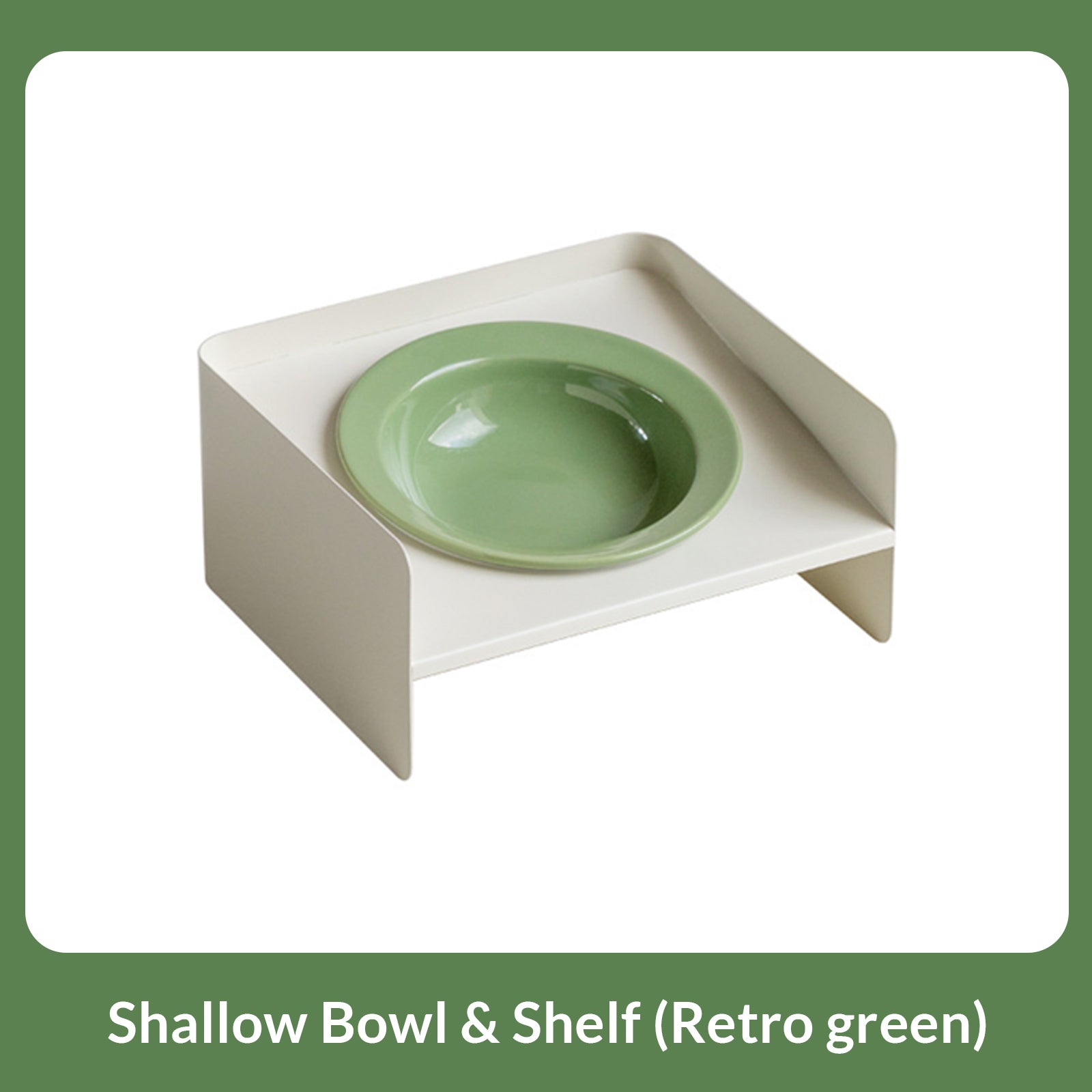
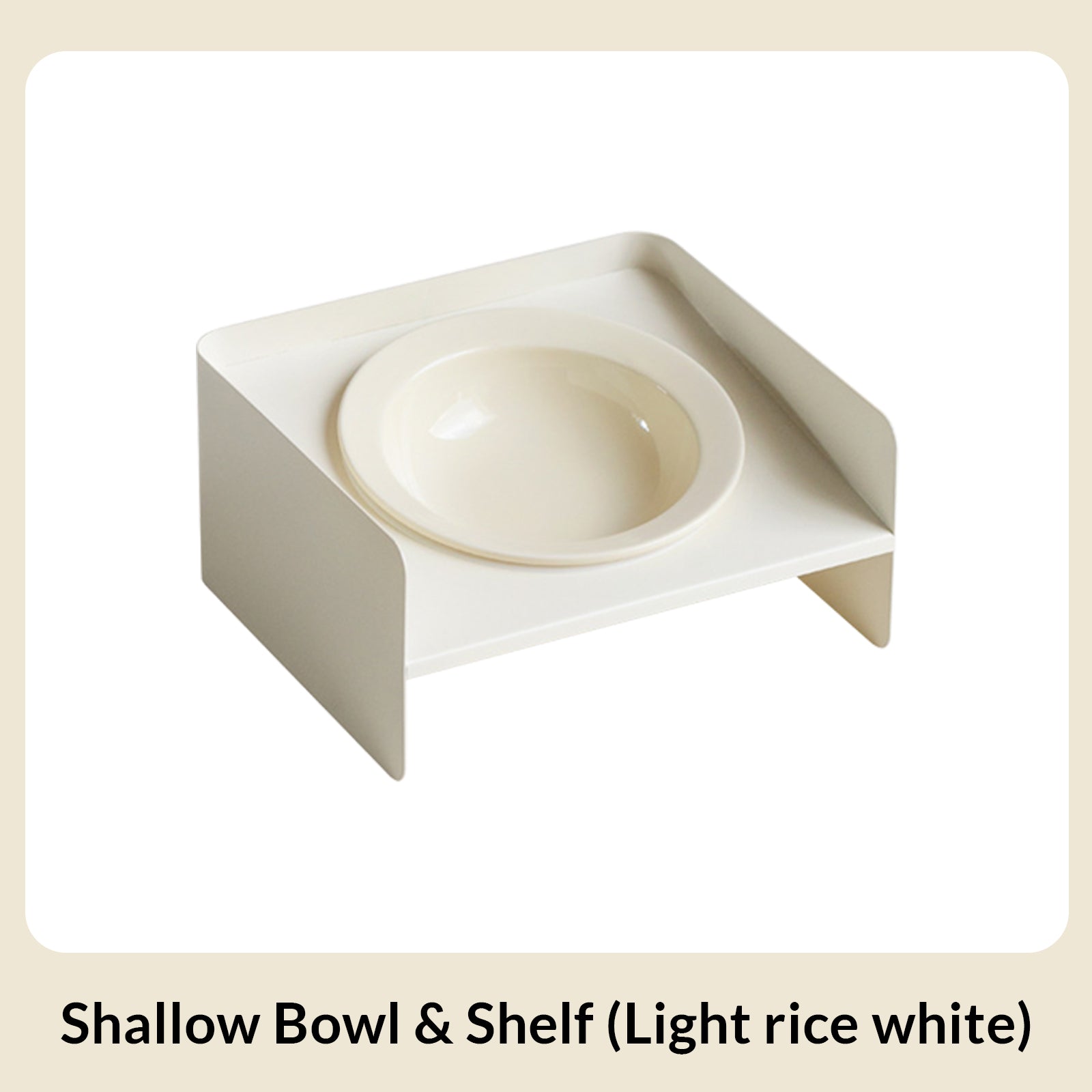
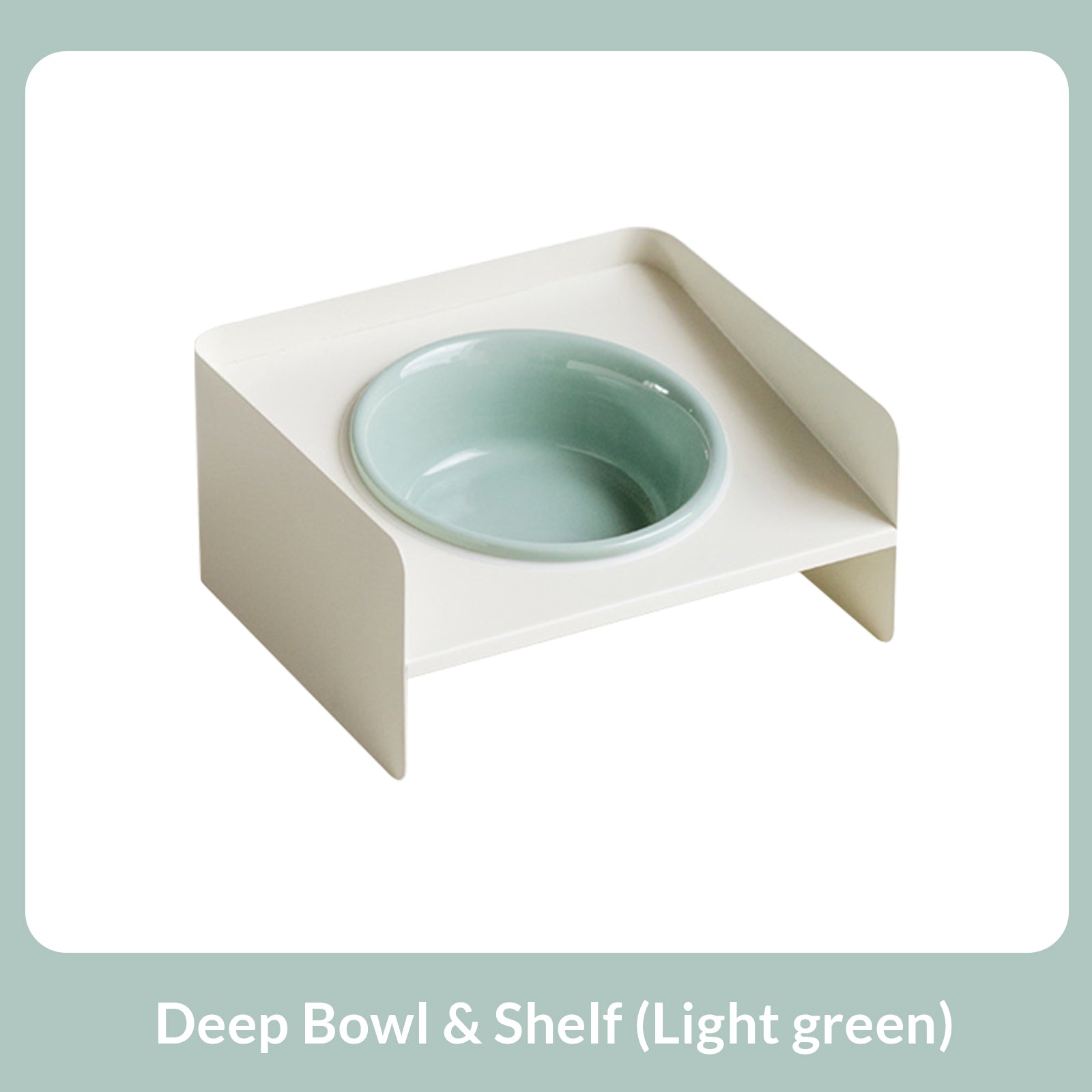
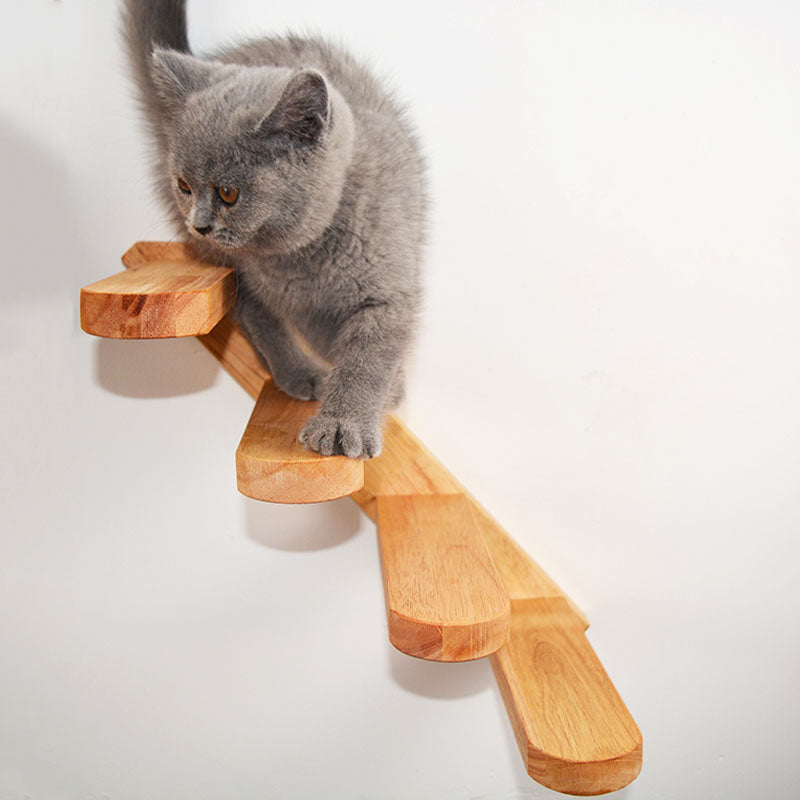

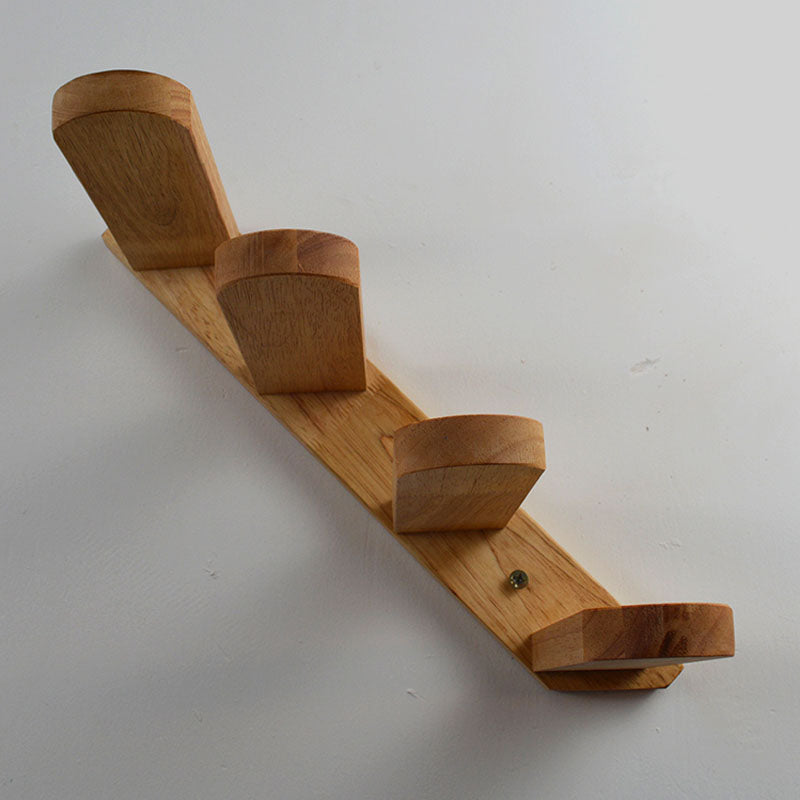

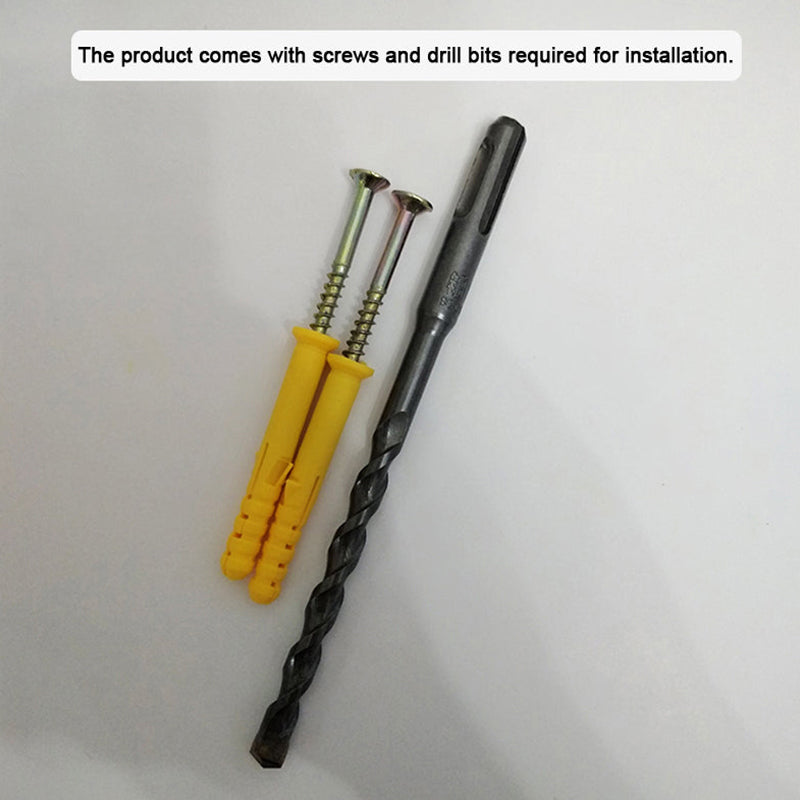
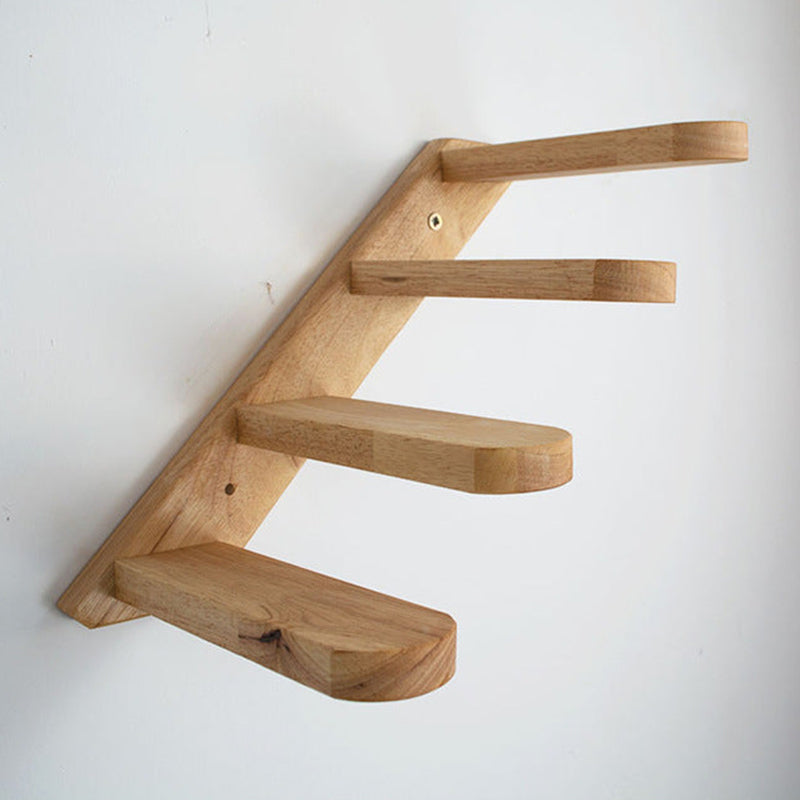

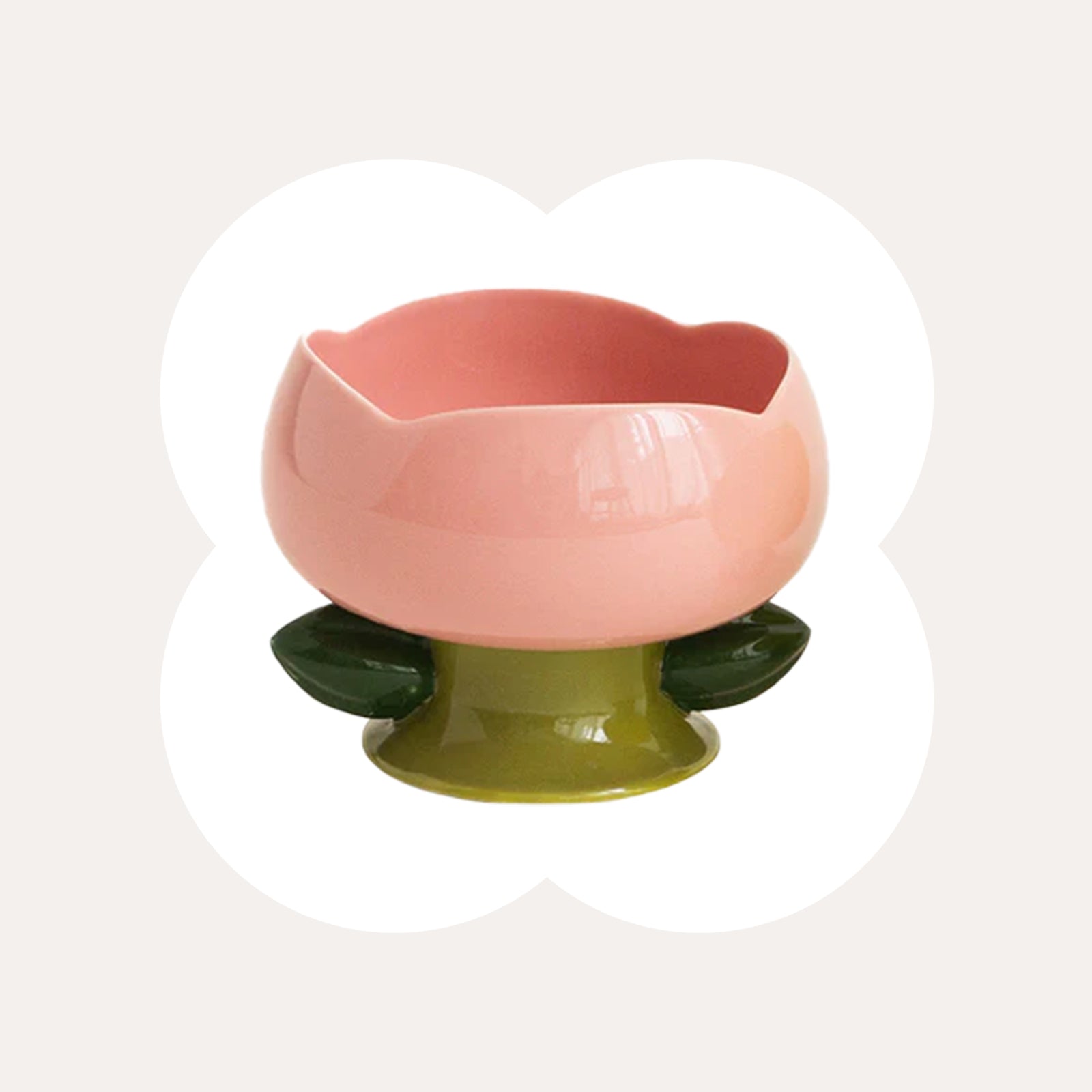
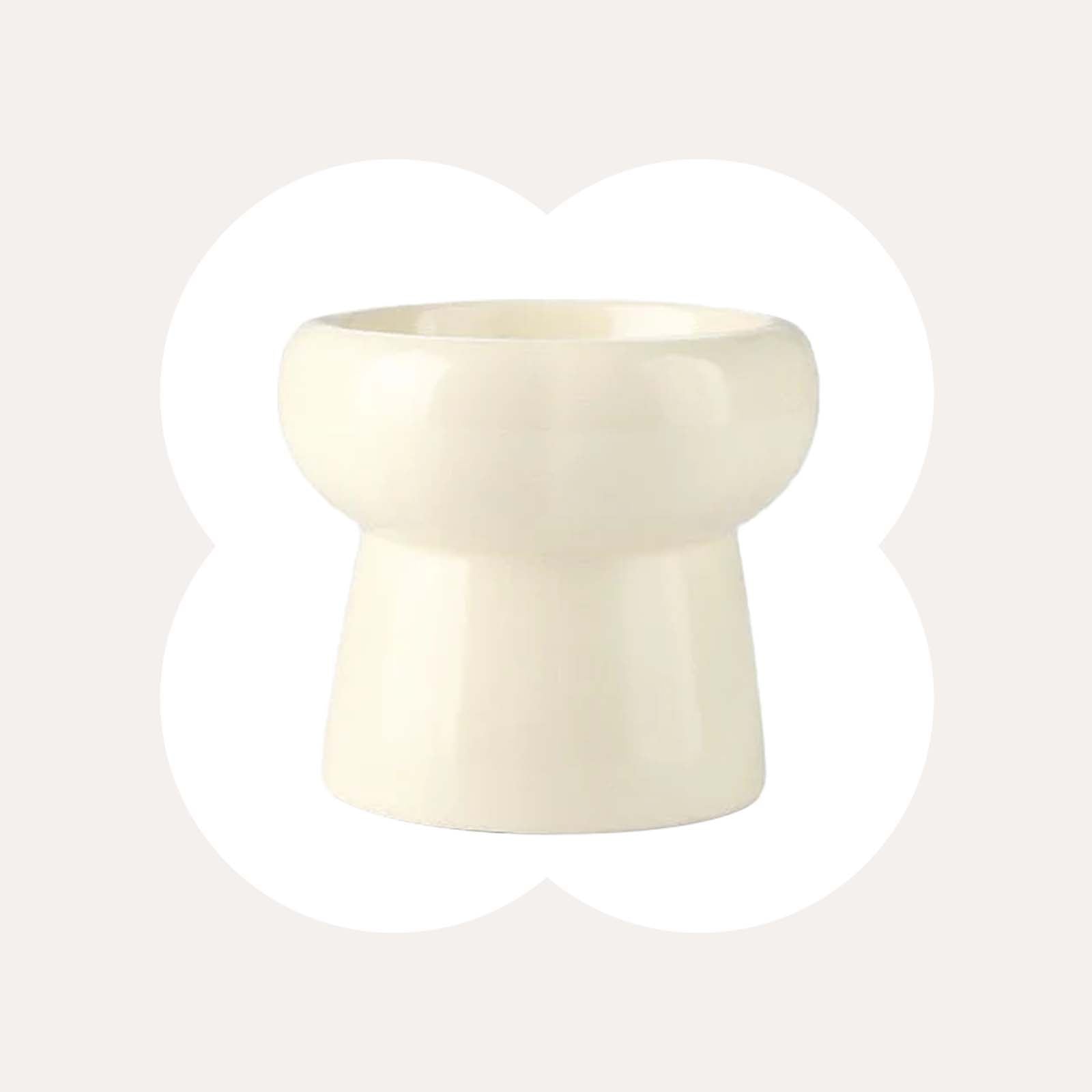
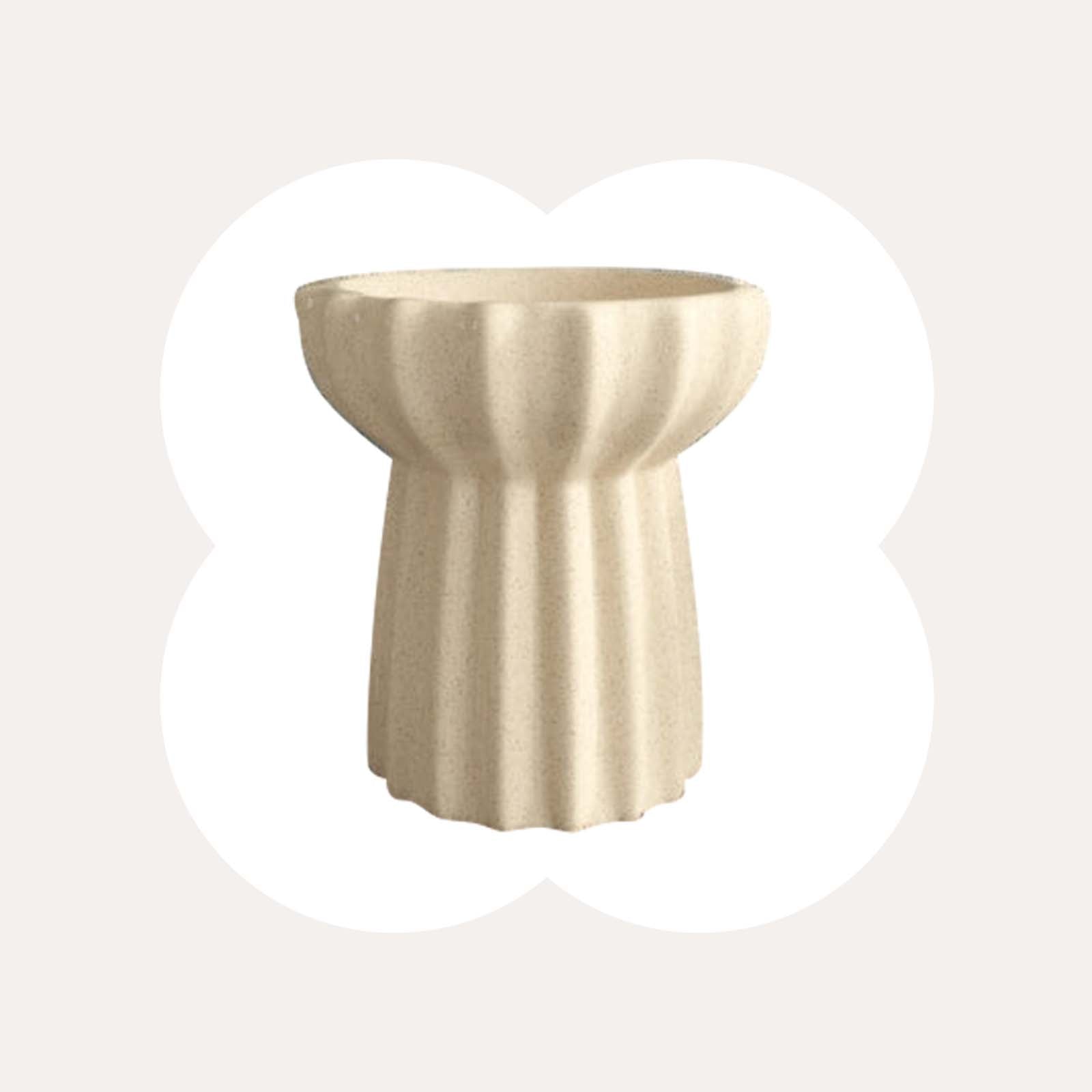
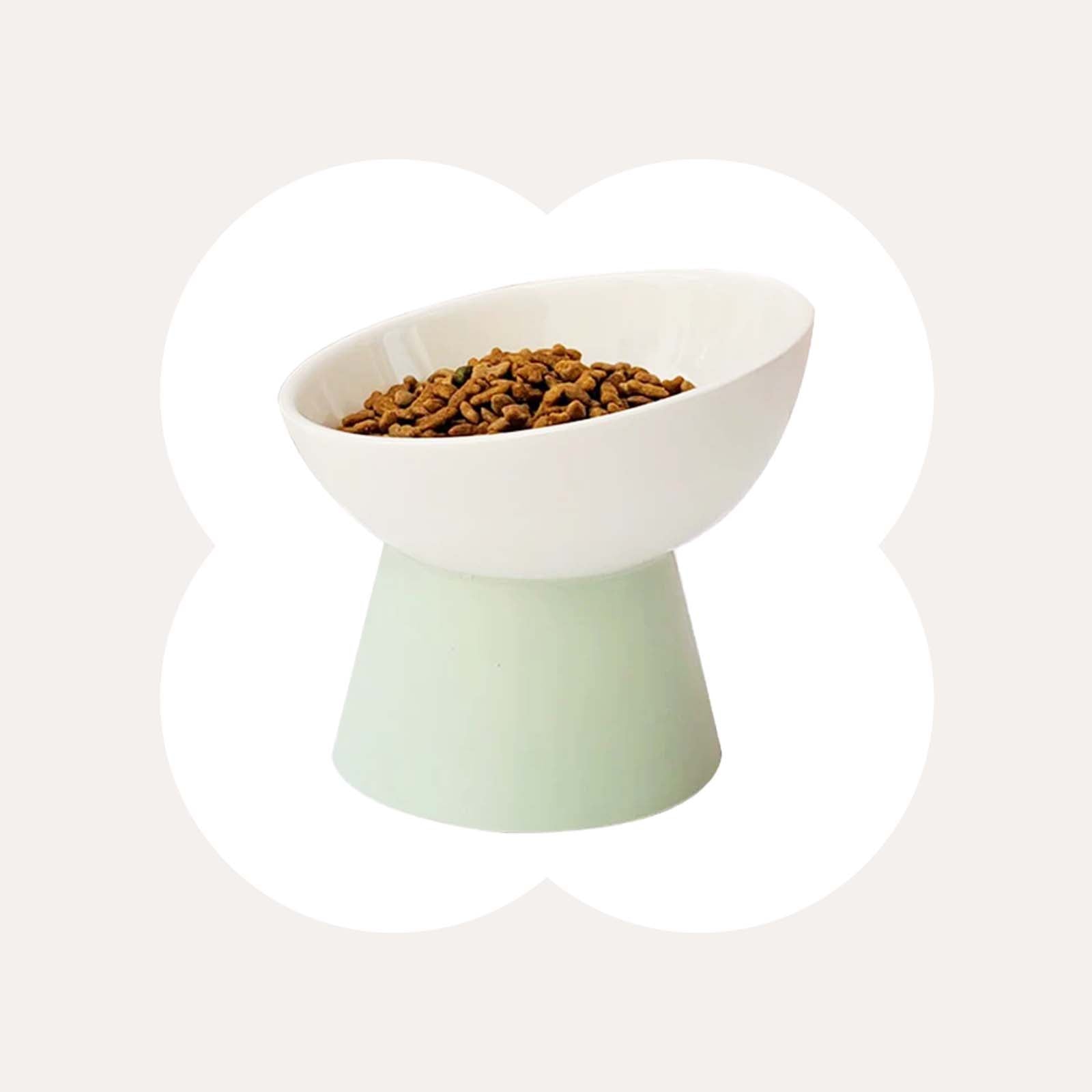
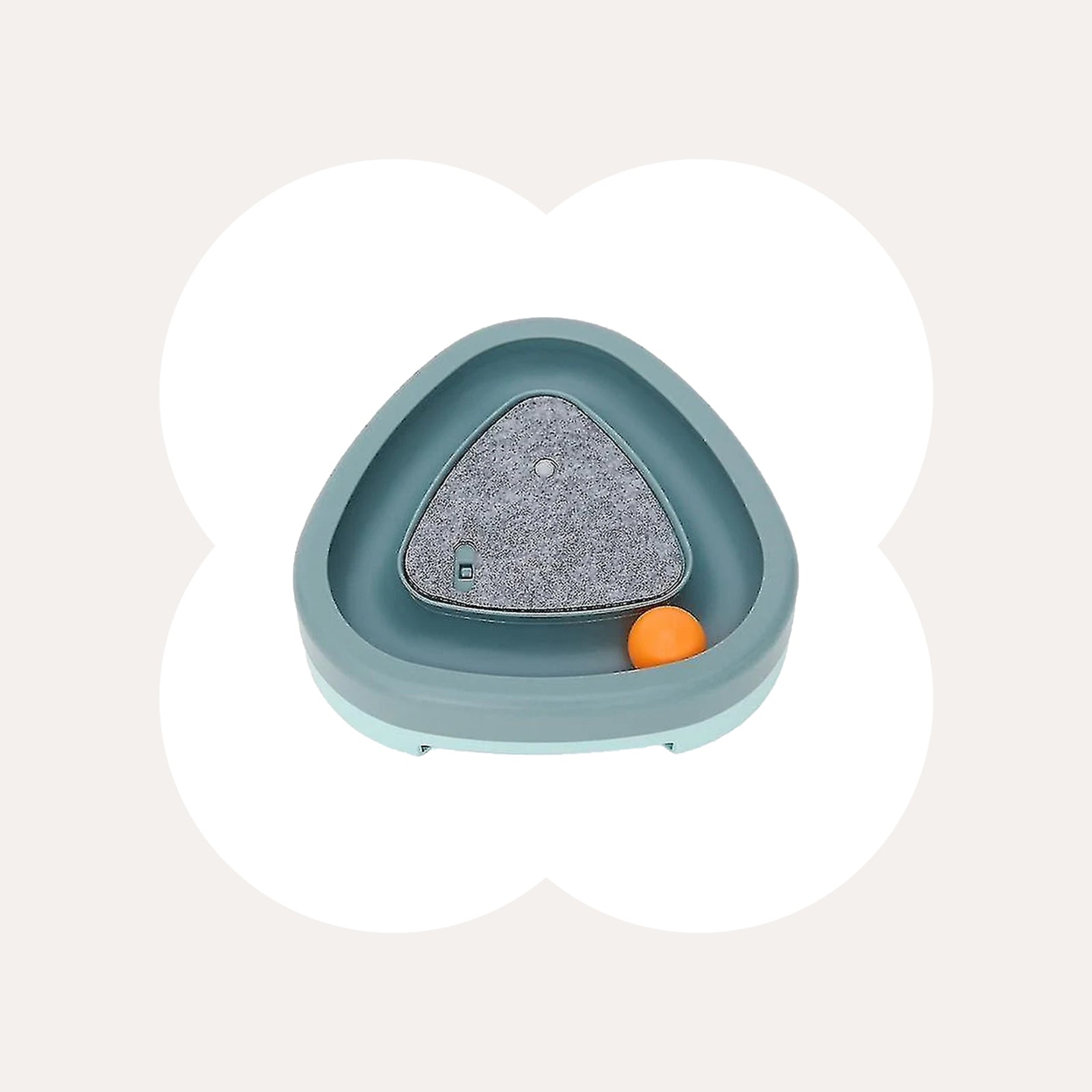






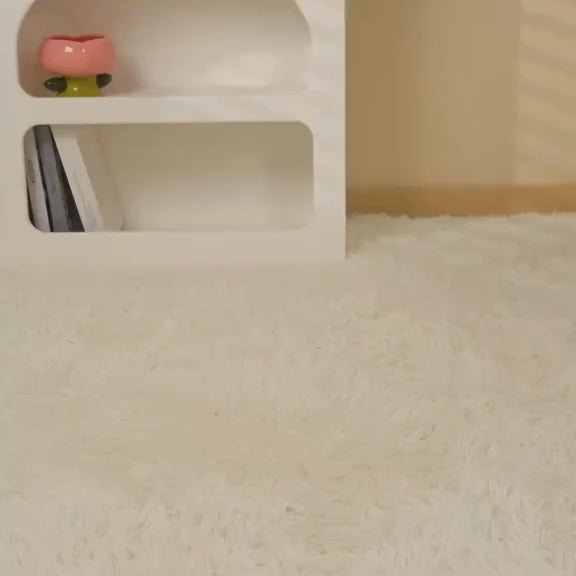





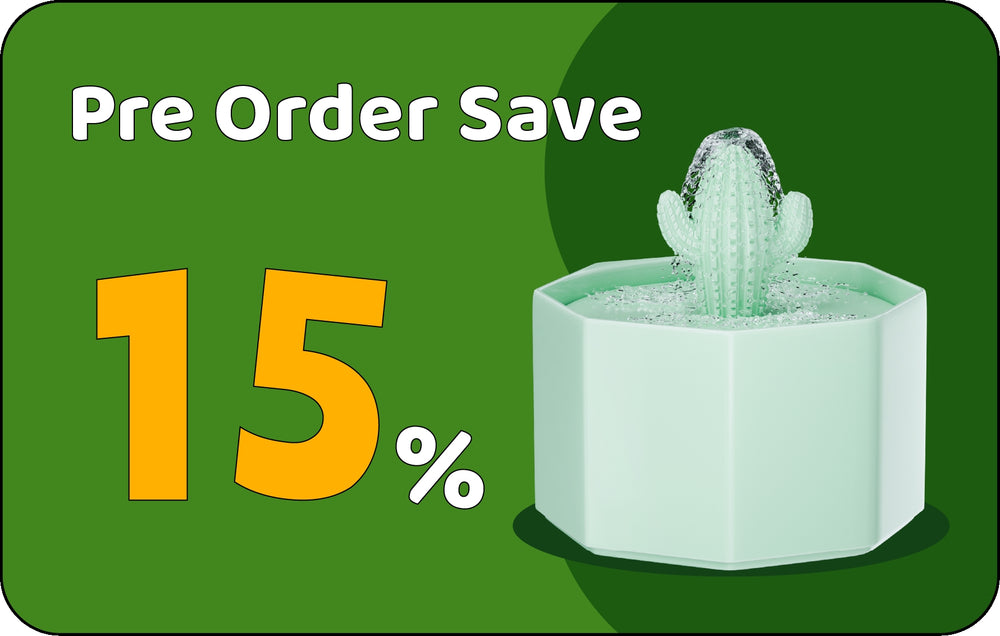
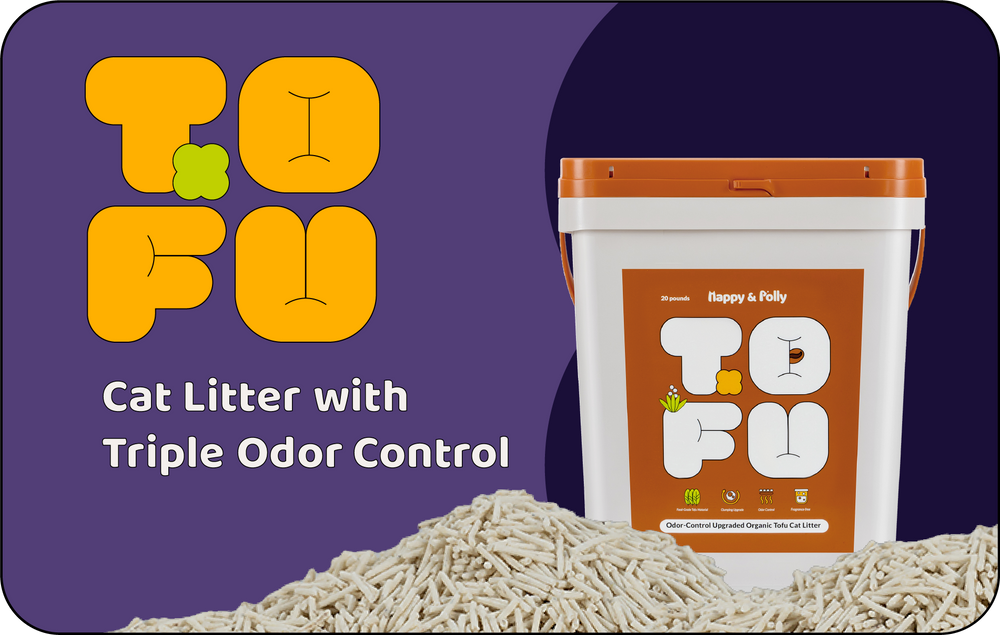














 SHARE
SHARE TWEET
TWEET PIN
PIN